11 Collector Cars From the 1980s Worth Restoring
Restoring a classic car from the 1980s is an exciting way to bring back a piece of automotive history. Many vehicles from this era are gaining value and recognition among collectors, thanks to their unique designs and growing demand. Whether you’re looking to restore a performance icon like the Toyota Supra or a luxury roadster like the Mercedes-Benz R107, these cars offer both a rewarding project and the potential for long-term value. With parts becoming more accessible and a dedicated enthusiast community, restoring these cars can be a thrilling and profitable experience.
This post may contain affiliate links, which helps keep this content free. Please read our disclosure for more info.
Toyota Supra (A70) (1986–1992)
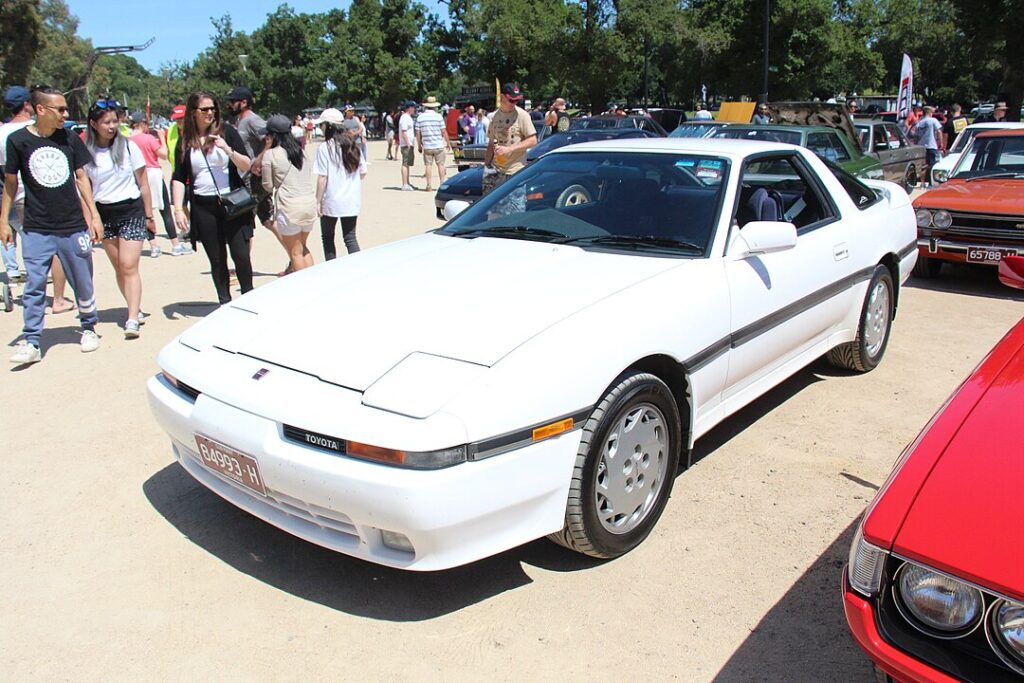
The Toyota Supra A70 is a performance car that marked the brand’s serious entry into the world of sports cars. With its rear-wheel-drive layout and the introduction of the turbocharged 7M-GTE engine, it delivered impressive power for its time. The A70’s design, with its pop-up headlights and aggressive stance, remains iconic today. As a restoration project, the Supra is an attractive option because it combines strong performance potential with a design that continues to be admired by collectors. Furthermore, the parts availability for these cars is improving, and many aftermarket suppliers are focusing on keeping these cars on the road.
The A70 Supra’s appeal has only grown as enthusiasts have come to appreciate its balance of performance, reliability, and style. This generation of Supra laid the foundation for the legendary models that followed, cementing its place in automotive history. A restored example not only delivers a thrilling driving experience but also holds increasing value in the collector market. Whether for weekend driving or as a long-term investment, restoring an A70 Supra offers both joy and the opportunity to own a piece of Toyota’s performance legacy.
Mazda RX-7 (FC) (1986–1991)
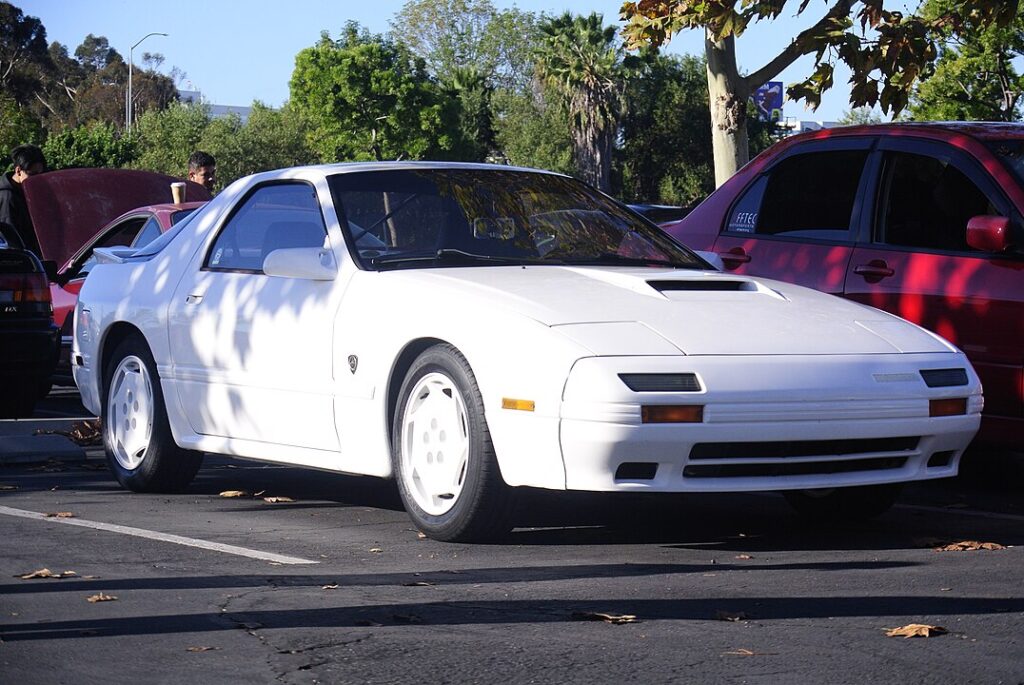
The second-generation Mazda RX-7, also known as the FC, is a standout for its lightweight, balanced handling and the iconic rotary engine. These cars were designed with precision and agility in mind, offering a driving experience that few cars in the 1980s could match. The FC RX-7 had a unique aesthetic, featuring sharp lines and a sleek profile, which still resonates with car enthusiasts today. Restoring one of these cars can be a rewarding experience, especially considering the growing interest in rotary engines and the increasing difficulty of finding well-preserved examples.
Restoring an RX-7 FC means paying attention to the details of its rotary engine, which requires careful maintenance due to its distinct design. While this engine can present challenges, it also offers the chance to bring a piece of automotive history back to life. The growing appreciation for Japanese performance cars has made the RX-7 a valuable restoration project, with its handling, styling, and engine making it a unique and exciting option for collectors. When fully restored, it can be an enjoyable car to drive, while appreciating the demand for rotary-powered classics increases.
Mercedes-Benz R107 SL (1980s Models)

The Mercedes-Benz R107 SL has been a symbol of luxury and performance for decades, and the 1980s models are no exception. These roadsters, with their classic styling, offer both the thrill of open-top driving and the comfort that Mercedes-Benz is known for. The R107 SL models are equipped with strong, reliable engines and a refined chassis that make them a pleasure to drive. For a restoration project, these cars offer the advantage of robust engineering, which allows for straightforward restoration if you have access to the right parts. The R107’s timeless design, with its long hood and sleek body, still looks modern today.
The R107 SL models from the 1980s have become increasingly desirable among collectors due to their luxury status and well-built mechanicals. Restoring one of these cars means bringing back both the elegance and performance that made them so popular when new. These cars are relatively easy to restore compared to many other classics, thanks to the widespread availability of parts and a dedicated community of enthusiasts. A fully restored R107 SL from the 1980s offers not only a beautiful and comfortable driving experience but also a potential for significant value retention over time, making it a worthwhile investment.
BMW E34 M5 (1988–1995)
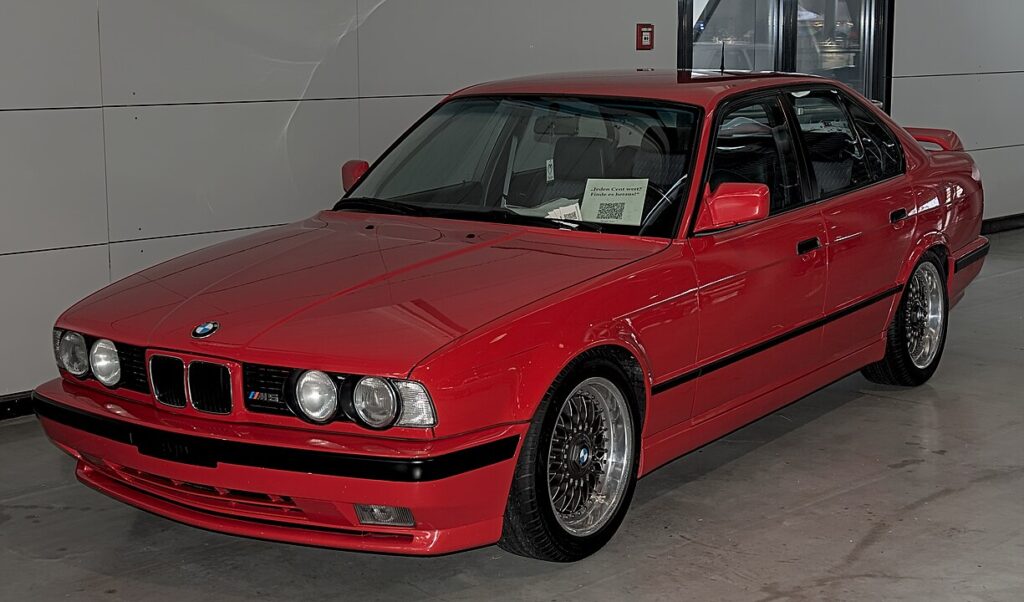
The BMW E34 M5 is widely regarded as one of the best sports sedans of the 1980s, blending practicality with exhilarating performance. Powered by the 3.6-liter S38 engine, the E34 M5 delivered impressive horsepower and torque, making it a joy to drive on winding roads or the track. The car’s handling was praised for its balance, providing a driving experience that was both engaging and refined. For collectors, the E34 M5 offers a unique opportunity to restore a high-performance luxury car that also has everyday usability. The car’s understated design, with clean lines and minimal styling, allows it to remain timeless and appealing to enthusiasts today.
Restoring an E34 M5 is a great project for those who appreciate BMW’s engineering and driving dynamics. Though it requires attention to the details, particularly with the engine and suspension, the E34 M5 can be returned to its former glory with patience and expertise. As more collectors seek out performance sedans from the past, the E34 M5 is gaining increasing interest in the market. Once restored, the E34 M5 offers a perfect blend of classic BMW performance, comfort, and timeless styling, with the potential for both driving enjoyment and solid investment returns.
Ford Mustang GT (1987–1993)
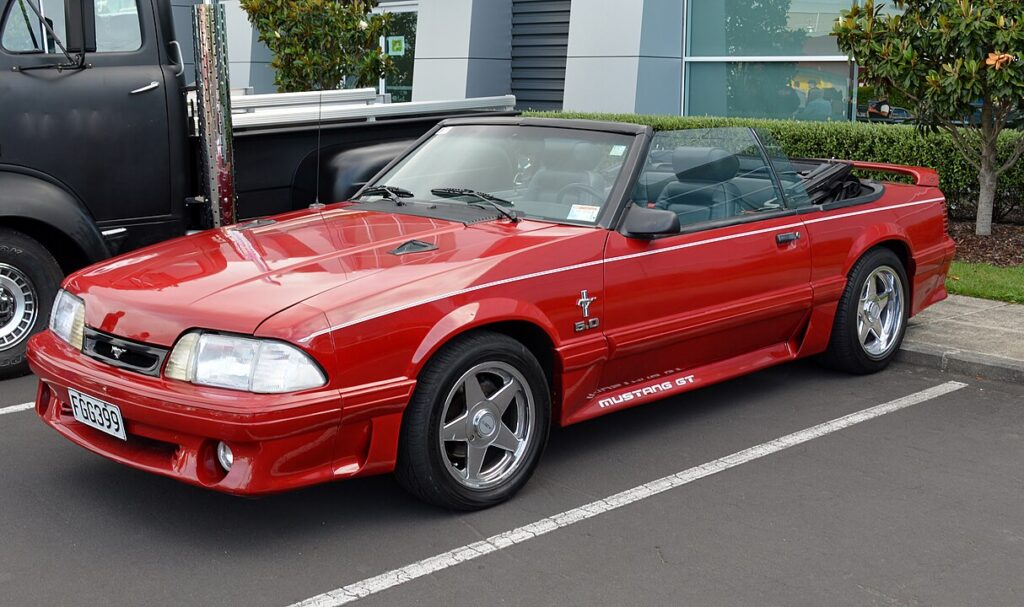
The Ford Mustang GT from the late 1980s and early 1990s is a prime example of American muscle that continues to be a favorite among car enthusiasts. With its iconic 5.0-liter V8 engine, the Mustang GT of this era offered strong acceleration and a distinctive rumble that only a V8 can provide. While it may not have the refinement of some European counterparts, it makes up for it with raw power and a commanding presence on the road. As a restoration project, the Mustang GT offers a solid foundation, with parts readily available, and is a relatively straightforward car to work on, making it a popular choice for those looking to restore a piece of American automotive history.
This era of Mustang is especially desirable among collectors due to its connection to the early stages of the muscle car revival. The 5.0 GT, in particular, represents the last generation of true American muscle before the shift to more fuel-efficient designs. Restoring one of these cars not only gives you a chance to revive an iconic piece of automotive culture but also provides a rewarding driving experience. With the rising popularity of classic American muscle cars, a fully restored Mustang GT from the 1980s can offer both enjoyment on the road and significant appreciation in value.
Chevrolet Corvette C4 (1984–1996)
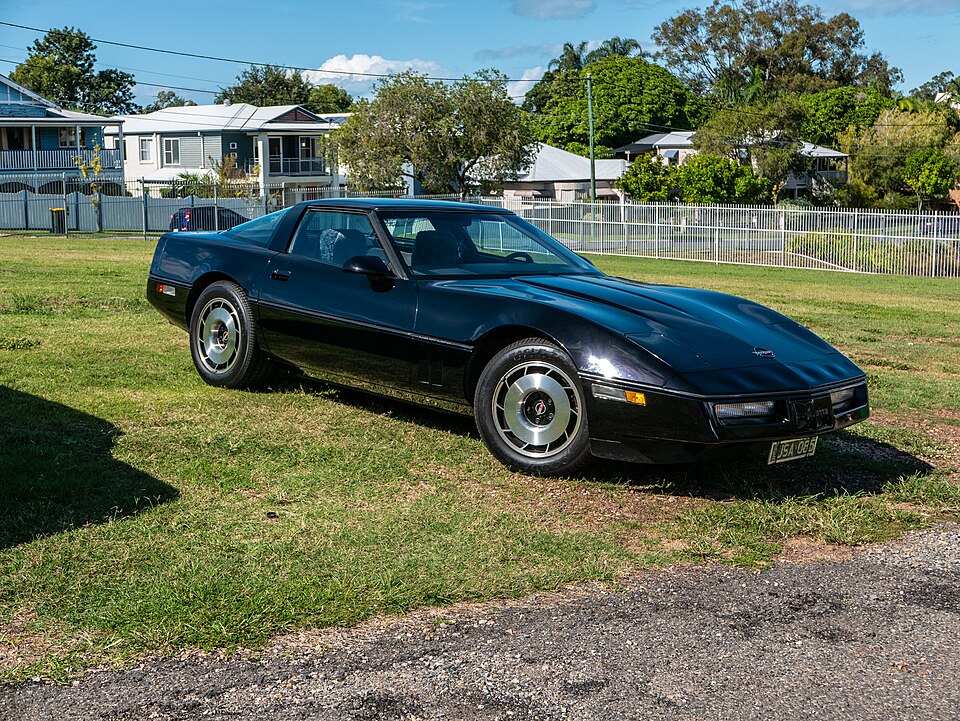
The Chevrolet Corvette C4 marked a major redesign for the iconic American sports car, featuring more modern and aerodynamic styling compared to its predecessor. The C4 offered a combination of performance and affordability that appealed to a wide range of driving enthusiasts. Powered by a V8 engine, the C4 was capable of impressive acceleration and high-speed performance. For restoration, the C4 Corvette is a great choice due to its robust mechanicals, with parts availability continuing to improve over time. The body, while angular and boxy, retains a distinct look that fans of classic Corvettes can appreciate.
Restoring a C4 Corvette offers the opportunity to bring back the precision engineering and performance that defined the model. Over the years, the C4 has gained a dedicated following of collectors, and prices have been rising, especially for well-preserved or modified examples. As more people appreciate the C4’s performance capabilities and unique styling, restoring one of these cars can be a rewarding project. Whether you’re looking to enjoy the car on the road or add it to a growing collection, a restored C4 Corvette holds strong potential for long-term value appreciation and continues to be an exciting project for enthusiasts.
Porsche 944 (1982–1991)
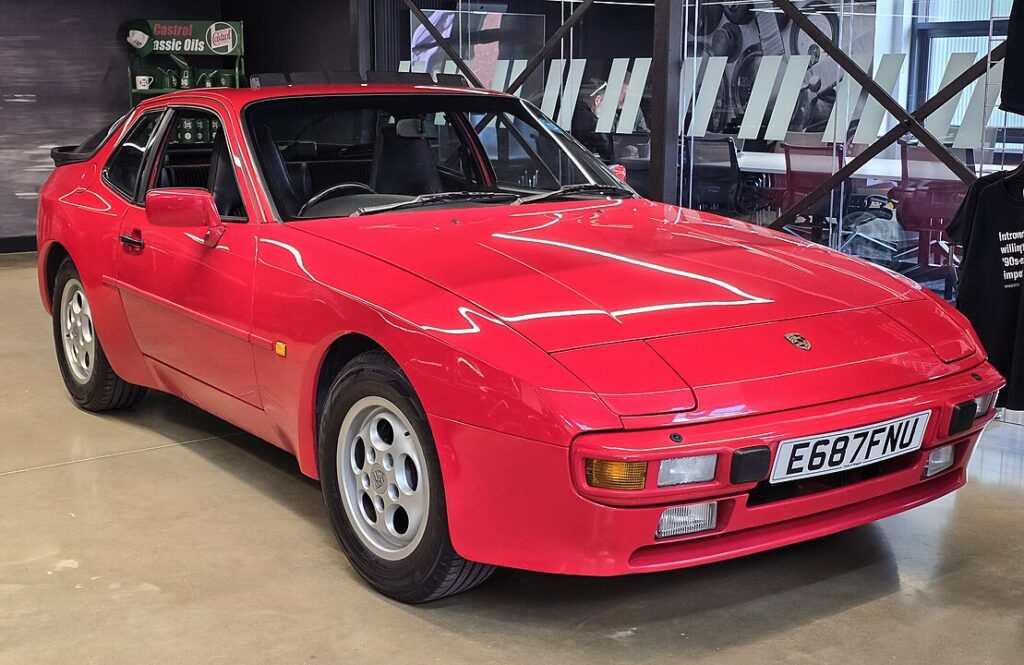
The Porsche 944 is a rare gem from the 1980s that continues to be a favorite among sports car collectors. Known for its well-balanced handling, the 944 offered a smooth driving experience that made it a joy to take on twisty roads. With its front-engine, rear-wheel-drive layout, it provided a more accessible entry point into Porsche ownership, while still maintaining the performance expected of the brand. The 944’s design, while less aggressive than some of its Porsche counterparts, still carries an understated, classic appeal. For restoration, the 944 is an attractive option due to its solid build quality and the availability of replacement parts, making it a manageable project for enthusiasts.
Restoring a Porsche 944 allows owners to bring back the precision and handling that made it a standout during its production run. The car is becoming increasingly desirable due to its affordability relative to other classic Porsche models, and it is gaining in value as more enthusiasts recognize its merits. Whether you’re restoring it to original specifications or modifying it for modern performance, the 944 offers an excellent platform for both driving enjoyment and long-term investment potential. Given its increasing recognition among collectors and driving enthusiasts, a restored Porsche 944 can prove to be a worthwhile project with lasting value.
Jaguar XJ-S (1981–1996)

The Jaguar XJ-S, with its stunning coupe and convertible body styles, is a classic British luxury car from the 1980s that blends sophistication with performance. Powered by either a V12 or V6 engine, the XJ-S offered smooth power delivery and exceptional comfort. Its design, although often considered ahead of its time, maintains a timeless elegance that Jaguar is known for. For restoration, the XJ-S presents an excellent opportunity, as these cars have become increasingly collectible over the years, with a dedicated group of enthusiasts restoring and maintaining them. With a wealth of parts available and the ease of finding knowledgeable mechanics, restoring an XJ-S is a fulfilling project.
Restoring a Jaguar XJ-S allows you to relive the luxury and performance that Jaguar is known for. The car’s classic lines and plush interior, paired with its refined driving experience, make it an ideal project for collectors looking to enjoy a stylish and comfortable classic car. These cars are becoming more popular as collectors realize their value, both in terms of driving experience and investment potential. A restored XJ-S stands out as a true luxury classic, combining British engineering and a distinct, unforgettable driving experience that continues to turn heads today.
Nissan 300ZX (Z31) (1984–1989)
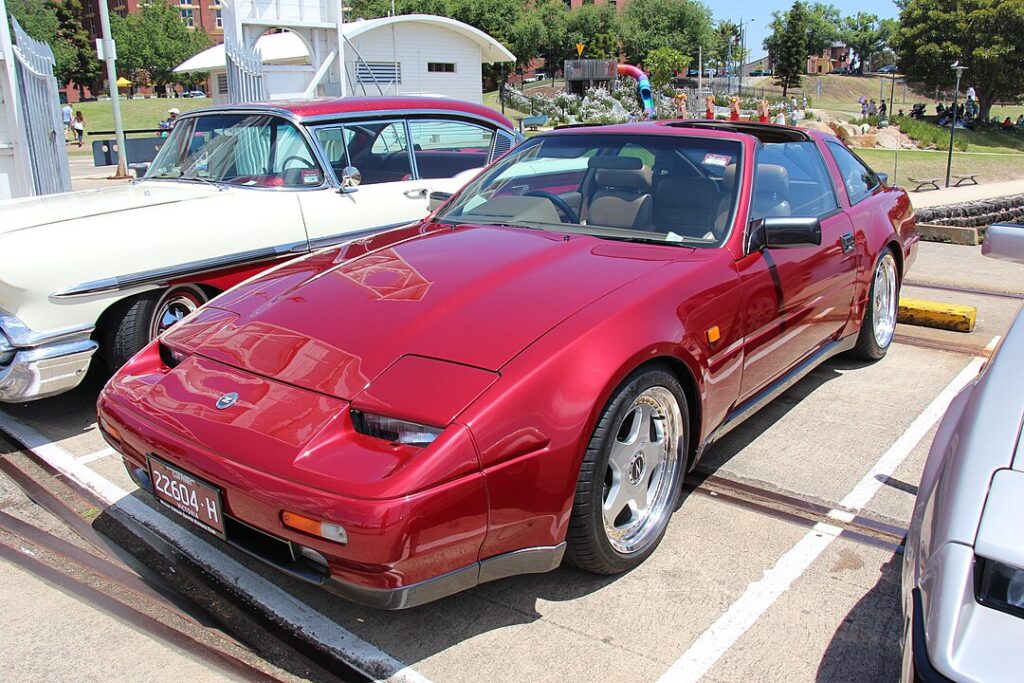
The Nissan 300ZX from the 1980s is a prime example of Japanese engineering with a focus on performance, style, and technology. The Z31 model, which marked the return of the 300ZX nameplate, was powered by either a turbocharged V6 or a naturally aspirated version, offering both strong power and refined handling. Its aerodynamic design and cutting-edge technology for the time, such as digital displays and advanced suspension, make it a standout. For restoration, the 300ZX offers a solid platform with a good supply of parts and an increasing collector following. The car’s unique blend of luxury and performance makes it an appealing project for enthusiasts looking to bring a Japanese classic back to life.
Restoring a 300ZX can provide both enjoyment and long-term investment potential, as the car has gained a dedicated following over the years. With parts becoming more accessible and the car’s growing value in the market, restoring a Z31 is a smart choice for those looking to revive a Japanese performance icon. As the demand for classic Japanese cars increases, the 300ZX is steadily gaining popularity, making it a worthwhile project that will likely appreciate over time. Restored to its original condition, the 300ZX offers a thrilling driving experience and the satisfaction of owning a rare piece of Nissan’s performance history.
Audi Quattro (1980–1991)

The Audi Quattro is a legendary name in the world of rally cars and performance vehicles, with its distinctive all-wheel-drive system that changed the game in motorsport. Audi’s development of the Quattro in the 1980s helped push forward the adoption of AWD in performance cars. The car’s distinctive boxy design, flared wheel arches, and turbocharged engine give it a commanding presence on the road, making it a desirable collector’s item today. For restoration, the Quattro offers a fascinating challenge for those looking to restore a piece of rally history, with many parts becoming more accessible as the car’s popularity continues to grow.
Restoring an Audi Quattro offers enthusiasts the chance to own a piece of automotive history, as the Quattro revolutionized rally racing and influenced the design of future performance cars. As more collectors and enthusiasts recognize the Quattro’s significance, prices are rising, making it an increasingly valuable restoration project. The Quattro’s unique handling characteristics, turbocharged power, and AWD system make it a fun and exciting car to drive once restored. Given its importance in Audi’s performance history and its growing value, a fully restored Audi Quattro can be both a thrilling driving experience and a strong investment.
Chevrolet Camaro IROC-Z (1985–1990)

The Chevrolet Camaro IROC-Z, named after the International Race of Champions series, became one of the most recognizable American muscle cars of the 1980s. With its aggressive styling, including the distinctive front air dam and rear spoiler, the IROC-Z offered impressive performance thanks to its V8 engine options. The car’s handling and braking systems were significantly upgraded from earlier models, making it a more refined and capable sports car. Restoring an IROC-Z offers enthusiasts the chance to revive a classic muscle car that blends raw power with 1980s flair. As more enthusiasts seek out these models, parts availability continues to improve, making the restoration process more accessible.
The IROC-Z has steadily gained recognition in the collector market, especially as interest in 1980s muscle cars continues to rise. With its connection to motorsports and performance culture, restoring a Camaro IROC-Z offers a rewarding project for those who enjoy working on iconic American cars. When restored, the IROC-Z is not just a fun car to drive but also an investment that appreciates as the demand for muscle cars from this era increases. The car’s status as a performance legend makes it a desirable model for both driving enjoyment and future value growth.
This article originally appeared on Avocadu.
